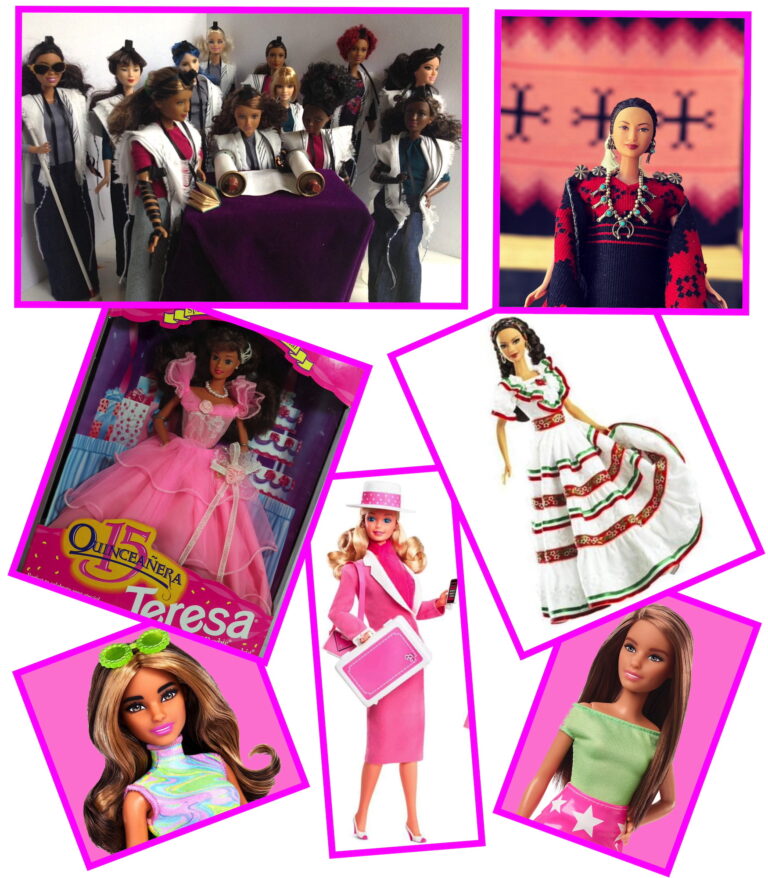Happy New Year to Johnny and others beginning their High Holy Days celebration. Johnny ought to be writing this post, but he says blogging is not an appropriate preparation for the season.
I don’t think it’s an appropriate activity for an accountant trying to meet deadlines either, but when I asked JD, he just blew that ram’s horn, the shofar, again. He said he had to blow it 100 times on Rosh Hashanah and would be too exhausted afterwards to write anything. Not that he’s Jewish, but he did play trombone in high school.
There he goes again. I’m trying not to swear every time. It’s a religious observance, after all.
Tax Deadlines
People aren’t usually happy about taxes, but you’ll be happier than you would be if you miss the third quarter estimated tax deadline or the final date to file the return for your partnership or S-corporation, supposing you received an extension earlier in the year. September 15 is absolute last day to submit for those entities, and that doesn’t mean it’s the day you take a pickle jar full of receipts to your accountant. Looking at you, Tío Abejundio.
Hispanic Heritage Month
Next weekend my abuela, my grandmother, has commanded me to come home to Garland, Texas, and go to the Barbie movie with her. She took all my sisters and cousins on Labor Day, but I couldn’t go, because I was working on taxes for people who waited until September to give me their business records. Looking at you, Tío Pedro.
Actually, I’ll like the movie better with just me and Abuela, like when I was little, the oldest child in my generation.
She taught me our heritage with Barbies, which turns out to be not unusual. That’s why you see Jen Taylor Friedman’s minyan of Jewish Tefillin Barbies and Barbara Teller Ornelas’ Three Sisters Navajo Barbie on this page. A simple search will take you to Barbies for every culture.
My brother Zap had a new favorite superhero every year, if not every month, but we girls always had Barbie. That’s not a bad thing! Whatever we wanted to be, whatever we could imagine, Barbie could be that too, a role model and mentor.
Mattel released the first Mexican Barbie before I was born—Teresa Rivera, tech genius—and my mother made sure I and my sisters had a Teresa. Later we received Quinceañera Teresa, Cinco de Mayo Barbie, and other Latinas, one every year. Abuela made more clothes for them, which my mother thought was a sweet, grandmotherly thing to do, unlike Abuela’s usual rabblerousing. Mother didn’t hear what Abuela told us as we tore off the wrapping paper.
“Lupita, of course you know the great artist Frida Kahlo, but have you ever heard of María Izquierdo?”
Abuela on my fifth birthday
In fact, my favorite Halloween costume is María Izquierdo’s “Bride of Paplanta.” Be sure to stop by our Halloween haunted house to see me in my bridal finery, based on my María doll. She was my favorite for many years.

“Lupita, did you know there was a Mexican astronaut, Ellen Ochoa?”
Abuela on my seventh Christmas
Then there was Agricultural Activist Barbie, which shouldn’t have surprised anybody. When Abuela’s children told her she was too old and fragile to attend protests and marches anymore, Abuela agreed in a thin voice and asked that one of the grandchildren accompany her—first me, the eldest grandchild, then my sisters and cousins. Now that she really is old and fragile, she takes two grandchildren with her.
Sí se puede.
“Lupita, you know Cesar Chavez, but do you know Dolores Huerta? She first said, ‘Sí se puede’ and still leads the farmworkers.”
Abuela on my eighth birthday
Activist Barbie carried a stem of grapes. She was followed by Singer Barbie, Folklórico Teresa (whose original outfit was a ballet tutu), La Doctora Teresa, Business Woman Barbie, Writer Teresa (journalist/poet/novelist), Politician Barbie, and a Barbie or Teresa for whatever part of our heritage Abuela thought I needed to learn. When I announced I too old to play with dolls, Abuela conscripted me into making clothes for the younger girls. I copied my own quinceañera dress and folklórico costumes.
When I went to college, my sisters and cousins made me an Accountant Teresa. When I graduated, they gave me a singing Teresa wearing one of my MultiABBA costumes. Thinking about Barbie’s friend Teresa as Dianne as Anni-Frid makes my head hurt.
If I can collect all my Barbies from my sisters and cousins, I’ll display them in Gregg House’s lobby to teach Beauchamp about Latina contributions for Hispanic Heritage Month.
Sí se puede.


